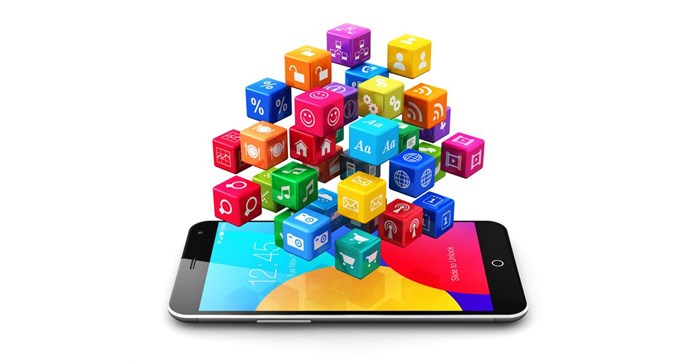





The stats speak for themselves:
In the earlier days of my marketing career, “we” (old school communications professionals) used to consider the 4Ps (price, product, place and promotion) in our annual marketing plans. We would review the year, following the implementation and running of the plan, in order to adjust and cater accordingly for the following year. It was a year-on-year cycle thanks to the media options available at the time.

Mobile phones and the IoT (Internet of Things) have, thankfully, changed all that. In today’s age of globalisation products aren’t difficult to replicate (well done Coca-Cola and Pepsi on keeping your secrets in the age of hacking). There’s always someone somewhere who can or is selling it cheaper so price isn’t any real advantage. Besides pricing has always been a value consideration anyway and that hasn’t changed. Place? Well, Google is now one of the biggest “places” on earth and there are no barriers to entry there so all’s fair in love and war of the brands.
So in an age where trends change every day and brands rise (think Zara and AirBnb) and fall (think Blackberry and Nokia) quicker than you can say #DonaldTrumpWins, what is the marketing manager worth his/her Zara to do?
My own personal theory is:
Essentially, it means that brand authenticity coupled with business insight and used to engage the brand’s audience will result in mastery. If you’re taking audience engagement and you’re a B2C marketer, then you can’t ignore social in 2017. Even marketers who’ve used social purely as an engagement tool in recent years will be rethinking their strategy this year. Why? Because SOCIAL…
Facebook, Instagram and even Twitter have all adapted their ad units in recent years to ensure correlation to business objectives. Objectives are not only suited to business in general but now are vertical relevant. Contact your Facebook marketing partner and Twitter marketing partner to find out the best options for your context.
If time is the ultimate measure of engagement, according to Forbes, then Facebook is winning. Not only is it up 44% and is the fastest growing brand in the top 100 best brands for the second year in a row, but it now boasts more than 1.65 billion active users with the average user spending 50 minutes daily on Facebook and Instagram.
Translated, that means 1.65 billion personally tailored newsfeeds – which can be accessed every day, 24/7, in a manner that’s relevant to each customer. The introduction of ad-tech in recent years means that multiple creative ad-sets can be uniquely tailored to customer sets and audiences.
Yes yes… we know it’s easier, and certainly cheaper, to keep a customer than to gain a new one, but how do you work out the LCV if you’ve spent a couple million on television commercials? My problem with TV, apart from a good couple of bar lost from my budget, has always been the lack of measurability. Sure I could tell how many people watched the advert (assuming they hadn’t been second screening which is likely in today’s age) but were they the right people? With social and other digital avenues, calculating exact LCV becomes possible; and for brands serious about measuring ROI, essential.
I don’t think this is the same “being present” as mentioned by my meditation teacher, however social happens in real time. There’s no post-campaign analysis to see if you wasted your entire annual budget; it’s all happening right now and with the right tech partner you’ll have access to those real-time results. At the very most it’ll take you a couple of campaigns to find out the best strategies for your brand, but even then you’d have been able to tweak things mid-campaign, which brings me to my last point:
There’s no couple million spent on a commercial and post campaign analysis before you find out that there was no effect on brand awareness or sales in social. It’s a fair game for all and it’s not necessarily those with the greatest budgets who win.
And yes, I haven’t even delved into the aspects such as how influencer marketing is driving business results or even how purchasing decisions are influenced by social but if I haven’t convinced you on #BuildingBusinessOnSocial then I can recommend a good book on the 4Ps of marketing.
